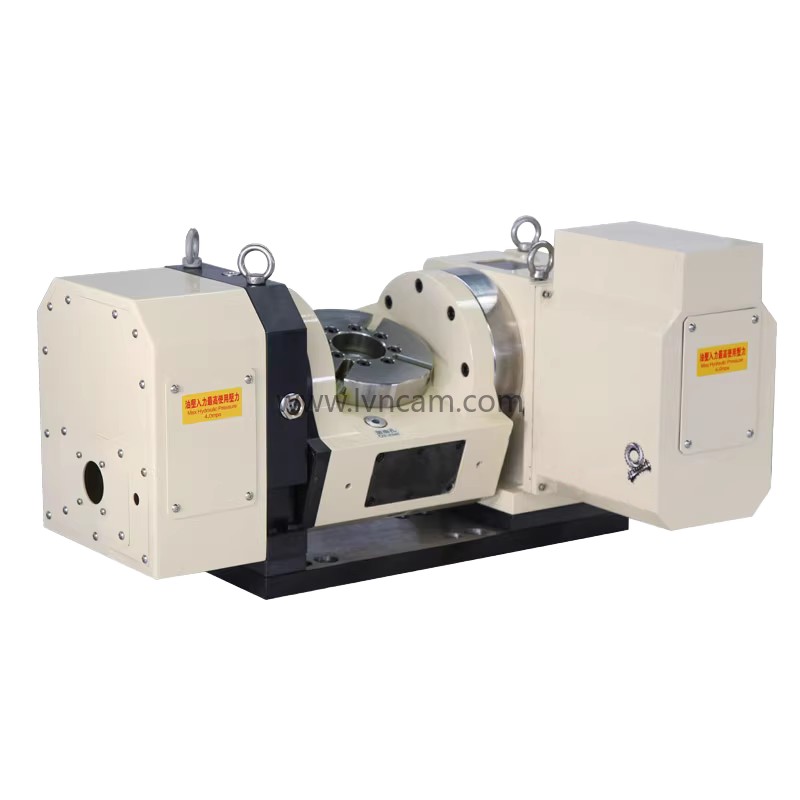In the grouting construction industry, cam dividers have the following applications:
1. Grooving: Before grouting construction, it is sometimes necessary to make grooves on the concrete structure so that the grouting material can be injected into the concrete. Cam dividers can be used to accurately make grooves so that the grouting material can be filled into the area that needs repair or reinforcement.
2. Cutting cracks: During the grouting construction process, concrete structures with cracks need to be cut. Cam splitters can be used to cut cracks so that grouting materials can be injected into the concrete cracks to reinforce and repair the structure.
3. Splitting concrete blocks: Before grouting, it may be necessary to split the concrete structure into smaller blocks. Cam dividers can be used to accurately and quickly cut concrete blocks for better grouting.
4. Cutting or resizing structures: Sometimes, it may be necessary to cut or resize a concrete structure before grouting. Cam dividers can be used to accurately cut the structure to meet the specific requirements of the project.
In summary, cam dividers are used in the grouting industry for tasks such as grooving, cutting cracks, dividing concrete blocks, and cutting or adjusting the size of structures. They provide a fast, accurate and efficient way to prepare concrete structures for grouting.
Introduction: Grouting is a common construction process used to reinforce anchor bolt holes or fill gaps to enhance the stability and bearing capacity of the foundation. This article introduces the timing and requirements of primary and secondary grouting, as well as the precautions for anchor bolt grouting and through-type anchor bolt hole grouting.
Process: Before grouting, the anchor bolt holes must be kept clean to ensure that there is no debris or water accumulation. When grouting, it is necessary to avoid skewing the anchor bolts or displacement of machinery and equipment. When grouting through-type anchor bolt holes, the anchor plate should be parallel to the bottom surface of the foundation and in close contact to prevent mortar from flowing out and the anchor bolts from tilting.
The height of the secondary grouting layer should be controlled between 30 and 70 mm, and the selection of grouting materials should meet the requirements of the design documents. When grouting is carried out in a low temperature environment, insulation or antifreeze measures need to be taken. Before the grouting layer is constructed, the external formwork needs to be installed and the appropriate distance needs to be maintained to ensure the quality of the grouting layer. During the construction process, the secondary grouting should be carried out continuously and not in batches.
The anchor bolt holes and grouting layer after grouting should meet the requirements of the design documents, and the material grade should be one level higher than the grade of the foundation concrete. The use of non-shrinkage concrete or micro-expansion concrete requires material re-inspection and mix ratio testing. The grouting material prepared on site needs to be maintained according to regulations after construction to ensure the quality of the grouting layer.
In summary, the primary and secondary grouting work needs to be carried out at the right time and strictly in accordance with the requirements to ensure the stability and quality of the anchor bolts and grouting layer.
related articles
- 2024 Dragon Boat Festival Holiday Notice
- LN125R roller cam CNC turntable servo turntable real shot
- 180DT-4-270R LVNCAM cam divider real shot
- I wish that spring will be peaceful and prosperous, and that people on earth and in heaven will be safe and sound.
- 2024 Qingming Festival Holiday Notice
- Shandong Luning Precision Machinery Co., Ltd. wishes everyone a happy Lantern Festival.
- 110DT-8-270R-T30 cam divider input shaft extension motor plate
- Spring Festival Holiday Notice-Shandong Luning Precision Machinery Co., Ltd.
- Why are cam dividers so popular in production?
- What should we pay attention to when cleaning and maintaining the cam divider?
- Domestic brand cam dividers: good quality, low price and can meet high requirements
- LN170-36-24S 170 four-axis CNC rotary table four parallel use case
- L80DT-8-LN003 Customer Selection Case
- L60DF-6-LN002 flange type cam divider six positions
- L140DT-6-LN001 Shandong Luning Platform Desktop Intermittent Cam Divider Six-station Large Hollow


